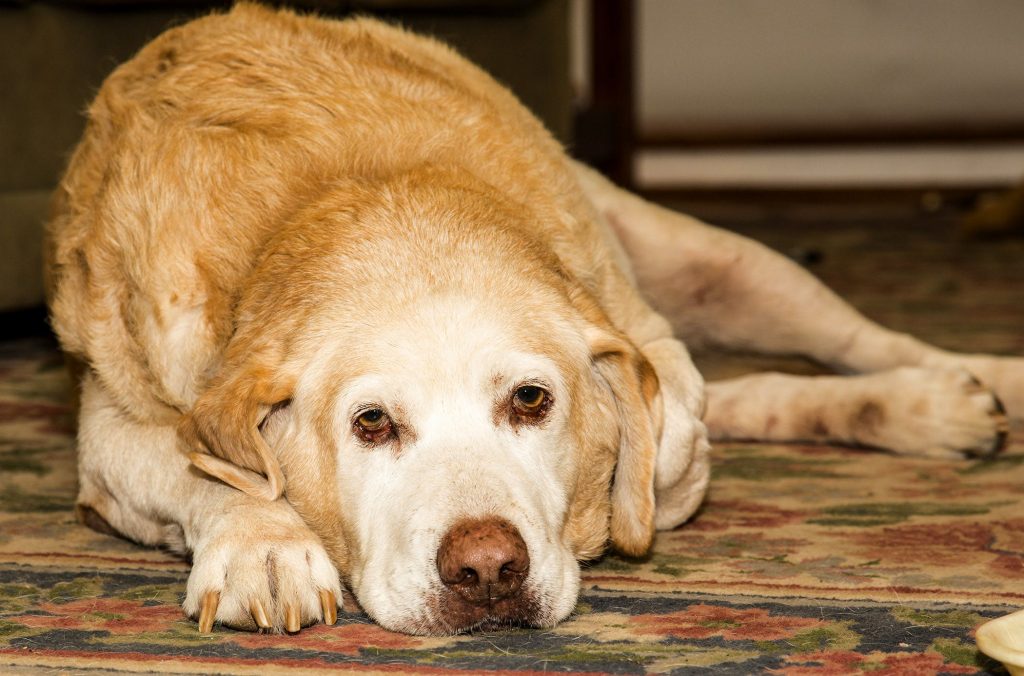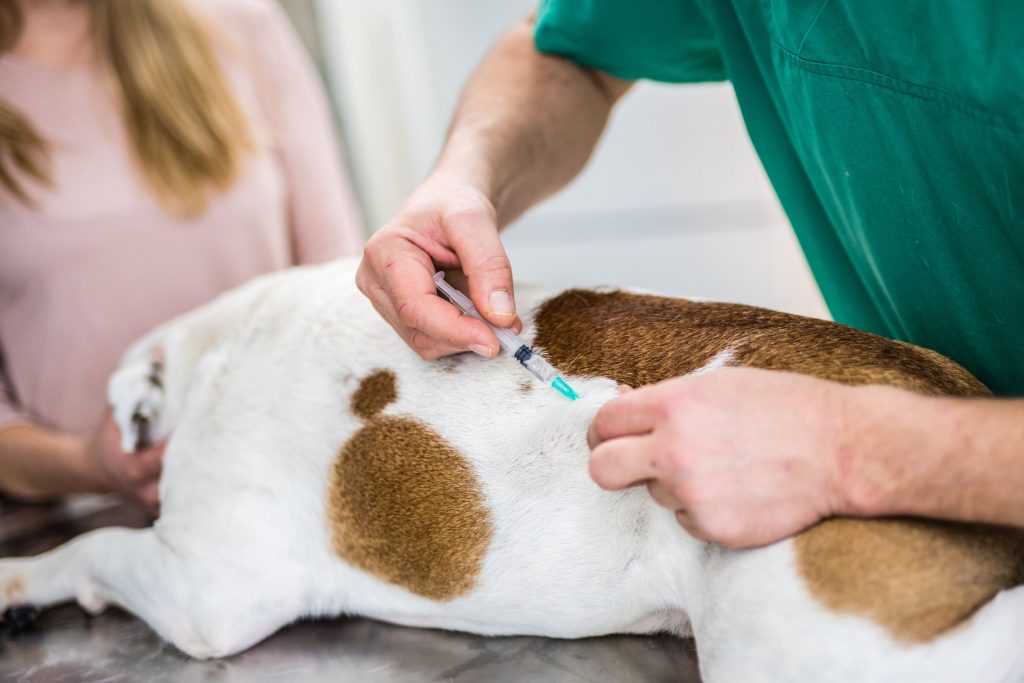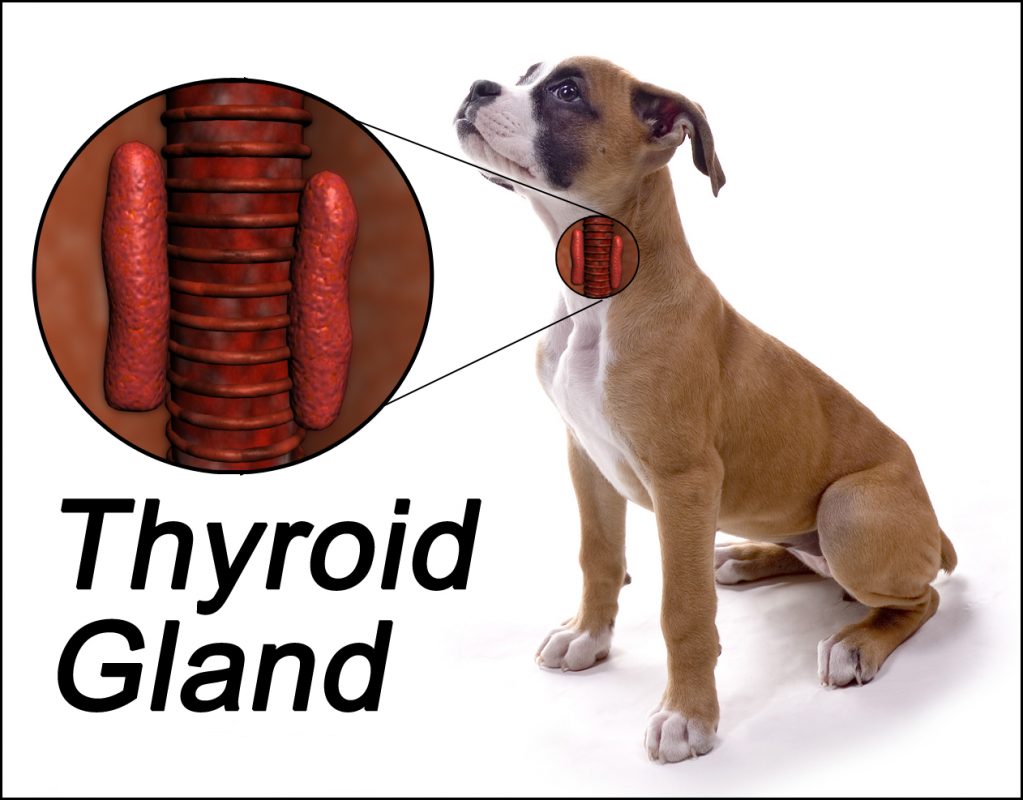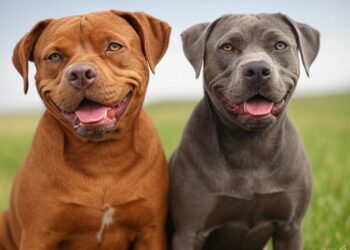Having a fun playful dog as a companion is what many of us enjoy. However, it can happen that the playfulness, quality of the coat with skin decreases, and the dog becomes thicker. The thyroid is a small organ located in front of the trachea. It is responsible for the production of some important hormones.
The most logical explanation is that the thyroid gland works too slowly, which means that various symptoms can apply. What are the consequences of a slow thyroid gland for the dog and how can it be treated?
Reading suggestions; Depression In Dogs: And Its Treatment
slow thyroid dog
- Necessary supply of hormones
- Complaints
- Reason for creation
- Degree of occurrence of the slow thyroid gland in the dog
- Research
- Therapy

Necessary supply of hormones
The thyroid is a small organ located in front of the trachea. It is responsible for the production of some important hormones. On the one hand, it concerns T3 and T4 hormones, with which many metabolisms are maintained. So it directly affects the weight, but also how much waste is recycled.
It is the foundation of a healthy and playful dog. On the other hand, it concerns the release of calcitonin, which stimulates bone formation and influences the quality of the skin, hair, teeth, and claw strength.
Complaints
If the thyroid gland does not work as well, your dog will receive fewer thyroid hormones. This has long-term consequences for the animal’s behavior and how your dog looks. Up to ninety percent of dogs have a slow-functioning gland that leads to skin problems. This may involve noticeable bald spots, such as on the tail or neck. In addition, it can be infections of the skin and/or a thin dry coat.
Less supply of hormones causes the metabolism to change so that the dog gains weight quickly. This applies to at least half of the cases. It also ensures that the animal has less energy and also decreases the quality of the blood. The combination ensures that the dog is more tired and less alert. Sometimes it can lead to cardiovascular disease and nerve failure (muscle weakness or numbness).
Reason for creation
Thyroid problems can have various causes. Atrophy can develop as a result of aging, which gradually reduces the functioning of the organ. In addition, thyroid cells can also be affected by the body’s own defenses, resulting in autoimmune disease (similar to Hashimoto’s ). In exceptional cases, there is insufficient iodine, so that the T3 and T4 hormones cannot be produced. There will be no problem with normal kibble food for the dog.
Degree of occurrence of the slow thyroid gland in the dog
Strictly speaking, all dog species can develop an underactive thyroid, the risk of which increases with age. In addition, an underactive thyroid is more common in the Boxer, Doberman Pinscher, Great Dane, Golden Retriever, Irish Setter, and Dachshund. Moreover, the degree of occurrence is the same in males and females.
Research
If you recognize the aforementioned symptoms in your dog, treatment is necessary. It means that you have to go to the vet, where a blood test is done. It measures the number of hormones in the blood. On the one hand, the T4 hormone is specifically investigated. This will be much too low with an underactive thyroid.
In response, the pituitary gland will additionally make too much T4 thyroid-stimulating hormone (TSH) to stimulate the thyroid gland. The combination of these two hormones indicates that the thyroid gland is not working properly.
Therapy
The goal of the treatment is to replenish the T4 hormone. This is done by having tablets swallowed. You can do this, for example, through the feed. The tablets dissolve and are absorbed into the blood. It ensures that the thyroid hormone is at a more favorable level, which allows the dog to stabilize. Because a more normal hormone level applies, the pituitary gland will also work less hard.









